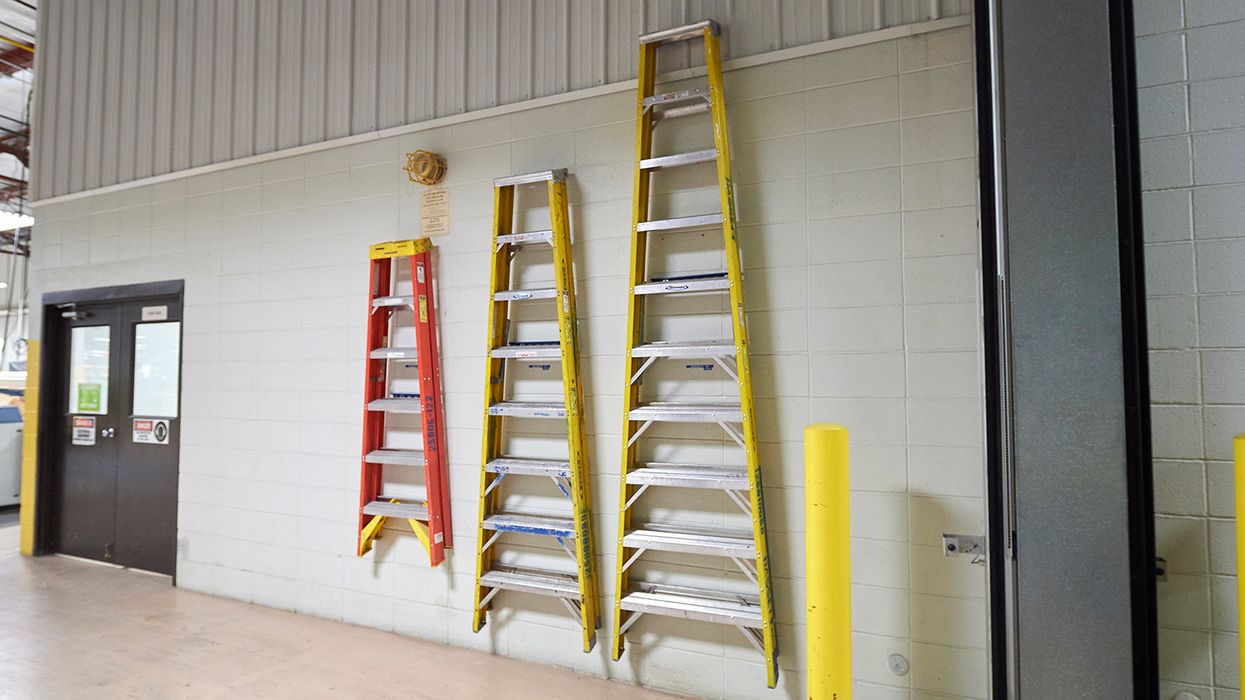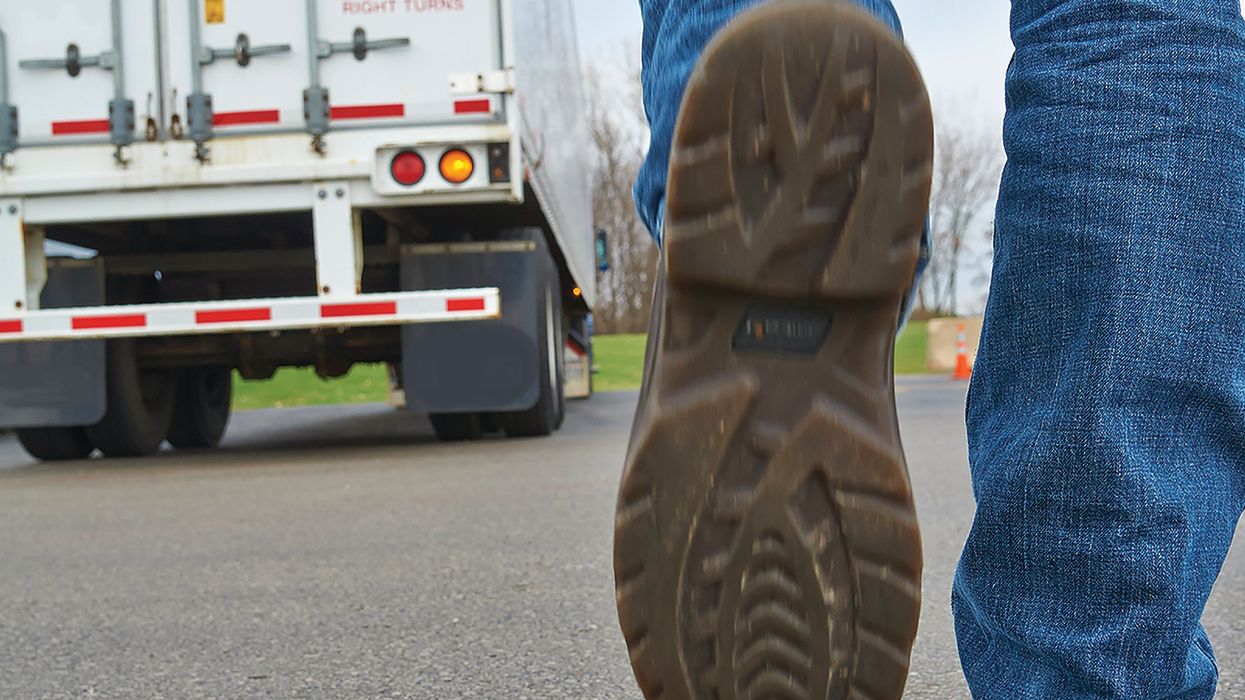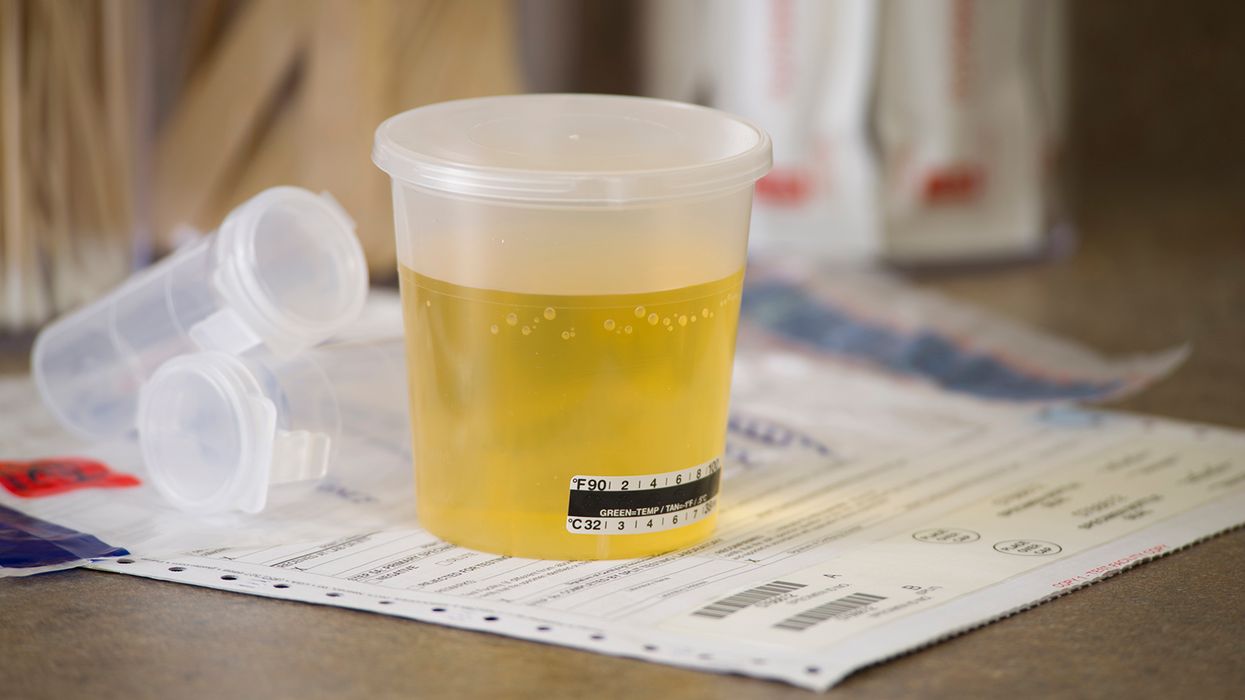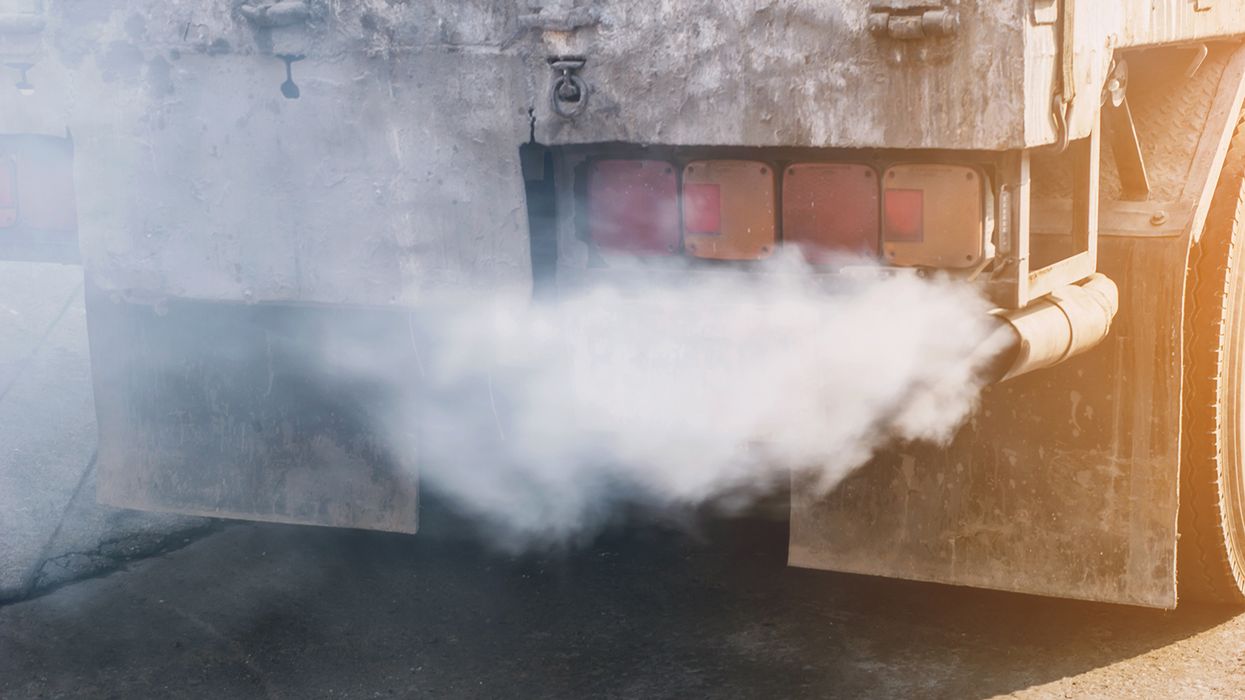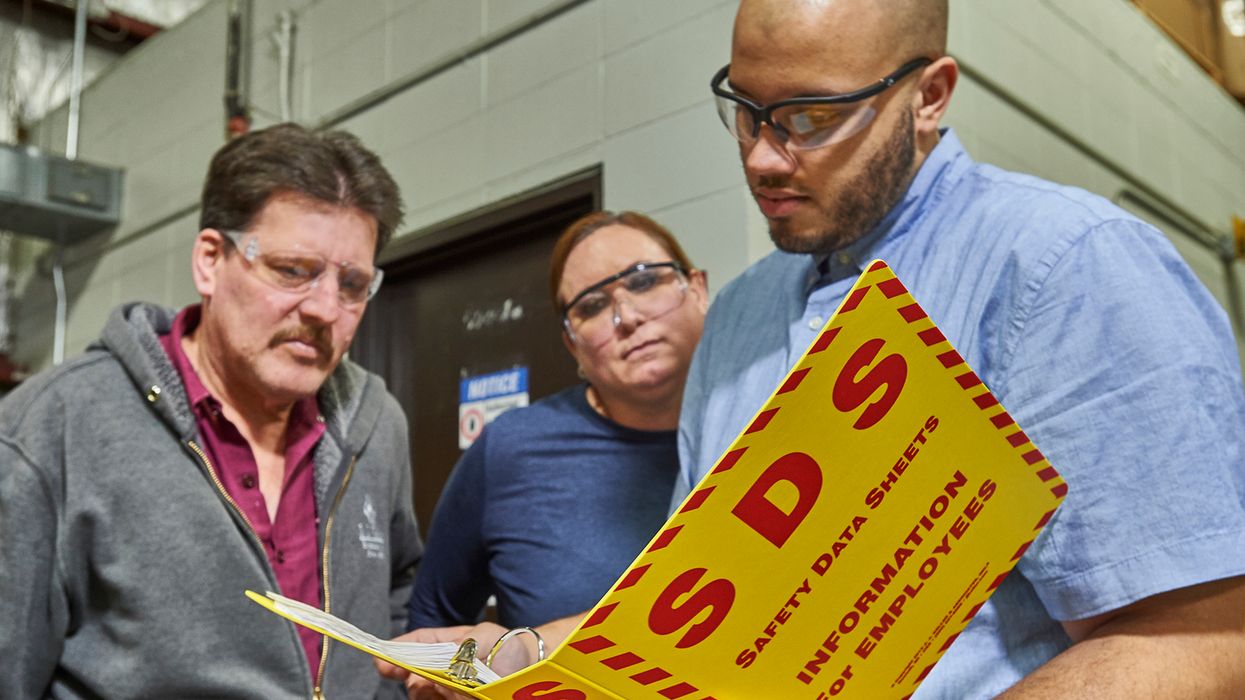Rule changes may spell savings for drivers, motor carriers
A series of proposed rule changes from the Federal Motor Carrier Safety Administration (FMCSA) could result in less work and cost for drivers and motor carriers alike.
The agency released a whopping 18 proposals in one day, taking aim at a broad range of requirements related to electronic logs, railroad crossings, violation reporting, vehicle parts, and more.
Though the proposed changes are relatively minor, they may represent the first salvo in the new administration’s deregulatory efforts.
The proposals were due to be published on May 30, 2025, and the FMCSA is accepting public comments on them until late July.
How would they help?
The following is a summary of how the proposed changes, if finalized, would ease burdens on commercial drivers and motor carriers:
ELD manuals: Drivers would no longer need to carry a user manual (either paper or electronic) for their electronic logging device (ELD). This violation alone was cited over 3,660 times last year. Other ELD-related documents would still be required, however, such as malfunction and transfer instructions and blank logs.
Railroad crossings: Bus drivers and those hauling certain hazardous materials would no longer need to stop before crossing a railroad track equipped with an active warning device (i.e., lights or gates), as long as the device is not activated.
Accident recording/reporting: Motor carriers would no longer need to record information about accidents where the only medical treatment that occurred involved imaging (such as x-rays or CT scans) or a prescription but no treatment for diagnosed injuries or other medical interventions directly related to the accident.
Inspections
- Motor carriers would only need to complete and return roadside inspection reports to the issuing state agency if that agency requests them (though the forms must still be retained for 12 months). Currently, 49 CFR 396.9 requires that all such reports be returned within 15 days.
- Though already allowed under 390.32, the rules would explicitly allow drivers and motor carriers to use electronic drivers’ vehicle inspection reports (DVIRs).
CDLs
- Commercial driver’s license (CDL) holders would no longer need to self-report motor vehicle violations to their state licensing agency, as currently required under 383.31.
- Dual-status military technicians, regardless of whether they’re members of either the Reserves or the National Guard, would qualify for the military exemption from needing a CDL, which also means being exempt from entry-level driver training and drug/alcohol testing.
Parts and accessories
- Drivers would no longer be required to carry spare fuses. The FMCSA says today’s vehicles don’t commonly suffer from blown fuses.
- Motor carriers would no longer need to ensure that their vehicles’ rear-impact guards have a permanent certification marking from the manufacturer.
- Tractors would no longer need a working rear license-plate lamp while pulling a trailer.
- It would no longer be a violation to use fuel tanks that can be filled beyond 95 percent of their capacity. Modern liquid-fuel tanks have vented caps that can safely accommodate a 100-percent fill, the FMCSA says.
- Drivers and motor carriers would no longer need to worry about being cited if their tire sidewalls are not marked with a maximum load rating. It’s up to tire manufacturers to determine if and when such markings are required.
- Drivers would be allowed to use small gravity- or siphon-fed auxiliary fuel pumps mounted on the trailer, as long as their tank capacity is less than 5 gallons and they’re not used for operating the vehicle or while the vehicle is moving. This would be a new exception to the current prohibition in 393.65(d).
- It would no longer be a violation to operate portable conveyors used in the aggregate industry without having brakes acting on all wheels, as long as the conveyor was manufactured before 2010 and the towing vehicle is large enough.
Other changes
The FMCSA issued a few other final or proposed changes that will have limited impact:
- Liquid-burning flares will no longer be an option. Drivers will need to use solid-fuel flares or reflective triangles to warn other motorists of a stopped vehicle.
- The agency plans to remove the requirement that motor carriers retrofit pre-1994 trailers with reflective tape or reflectors, saying the requirement is no longer necessary given the passage of time.
- The FMCSA intends to remove an obsolete grandfathering provision related to an old vision waiver study program.
- The agency will remove all references to “water carriers” in its regulations, since the FMCSA does not regulate such carriers. The agency says the term was carried over from when its predecessor agencies regulated water carriers.
- The regulations no longer say that motor carriers can be fined for violating Part 40 (the DOT drug/alcohol testing rules) since the FMCSA only has authority to issue fines for its own rules under Part 382.
- Some old routing regulations in Part 356 have been eliminated. The FMCSA says it’s not authorized to impose routing limitations when granting operating authority to U.S.-domiciled carriers, making the regulations both “unlawful and obsolete.”
Take action
Though you can’t take advantage of the changes until they’re finalized (probably later this year), you can help sway whether the changes actually take place. You can go online to submit comments about any of the FMCSA’s active proposals, at www.regulations.gov. Just look for the latest dockets from the FMCSA.
Key to remember: The FMCSA has issued a wide variety of proposed rule changes that could save time and money for both motor carriers and drivers.













































